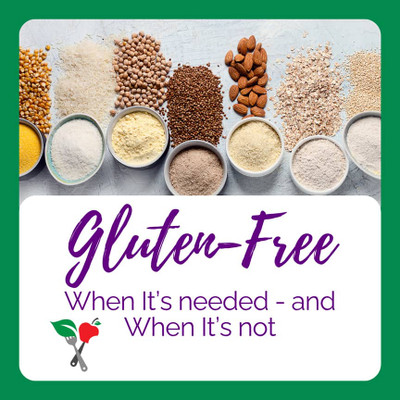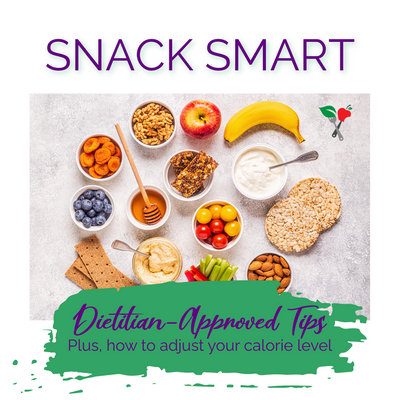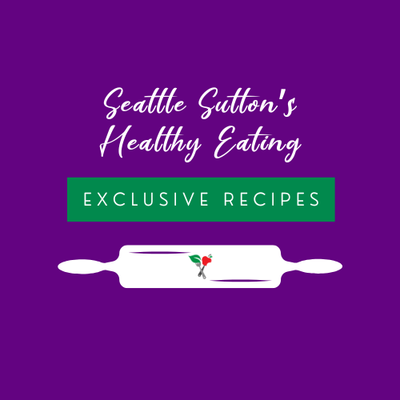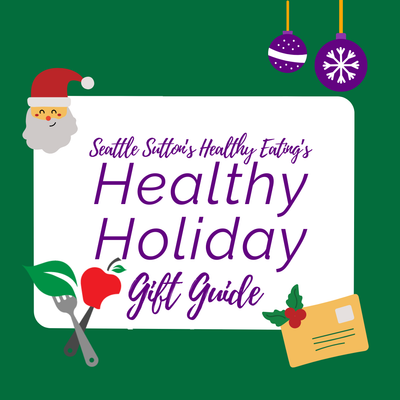One Thing the Paleo Diet Gets Right
Back in the Paleolithic time period when people had to hunt and gather for food, the nutrient make-up of human diets looked much different than our diets today. Due to the freshness of the food they ate and lack of processing, one of the key benefits of the “Paleo diet” was that it was rich in potassium and low in sodium. In fact, the Paleolithic diet delivered about 16 times more potassium than sodium! Today, with sodium-rich processed foods and a diet lacking in many fresh fruits and vegetables, the average American eats twice as much sodium as potassium. This nutrient imbalance is thought to be linked to the rise in certain health conditions such as high blood pressure, strokes, and even kidney problems.
While the Paleo diet has been very popular over the last few years, the fact is our genetics have evolved over the past ten thousand years which make some of the diet’s premises unnecessary, such as the elimination of dairy and grains. The high intake of fat and protein and low intake of carbohydrates on a typical Paleo plan also fails to meet the recommended intake from many expert organizations. The positive lesson we can learn from our ancestor’s diet is adding in more fresh, unprocessed foods on our plates, in particular fruits and vegetables.
Potassium is considered an under-consumed nutrient in the American population, so much so that it has been added as a nutrient of concern and is soon to be required to be listed on the nutrient facts panel. Adding more potassium to our diet can pay off in BIG ways when it comes to our health, which can definitely be a benefit of the Paleo diet. Eating foods high in potassium may help lower blood pressure by blunting sodium’s effect on blood pressure. In turn, a diet rich in potassium can help lower stroke risk and kidney disease by helping to control blood pressure. Research also indicates how potassium can reduce the risk of kidney stones, bone loss, and possibly protect against muscle loss with aging. Potassium is also necessary for proper nerve transmission, muscle contraction, and maintaining fluid and mineral balance in the body.
Many people think bananas are the best source of potassium, but there are many amazing foods filled with this powerful mineral. Eating a variety of fruits, vegetables, and dairy products can help you reach the recommended amount of daily potassium of 3,500-4,700 milligrams. Some of the best sources of potassium include:
Baked white or sweet potatoes, leafy greens, beet greens, winter squash
Bananas, plantains, many dried fruits, oranges, orange juice, cantaloupe, honeydew melons
Cooked dry beans and soybeans
Tomatoes, including sauces and purees
Dairy products, including fat-free milk and yogurt
Salmon and other seafood
Unless you have kidney problems, it is very difficult to get too much potassium. However, if you have kidney issues which prevent extra potassium to be excreted through the urine you may be advised to limit potassium-rich foods.
When looking at your labels, here’s a quick guide to what is considered a low or high potassium food:

While our ancestor’s diet was full of unprocessed foods and many healthful fruits and vegetables (not that they really had a choice…), the restriction of certain food items and excess protein and fat in the Paleo diet may not be the best choice for our bodies today. With 1 in every 3 American adults dealing with high blood pressure we would all benefit from increasing our potassium and decreasing the sodium in our diets. Take simple steps by focusing on increasing your intake of fresh fruits and vegetables, swapping refined grains for whole grains, choose low-fat or fat-free dairy products, limit highly processed foods, and try to limit restaurant and convenience foods.

Interested in eating healthy? Hungry for more?








 Weight Loss
Weight Loss Health & Wellness
Health & Wellness Diabetes
Diabetes Heart Health
Heart Health Motherhood & Family
Motherhood & Family Dietary Restriction
Dietary Restriction Other Health Conditions
Other Health Conditions About SSHE
About SSHE


